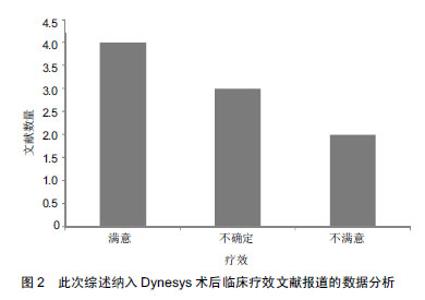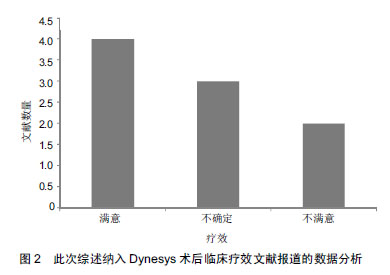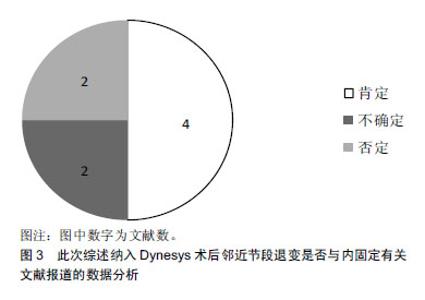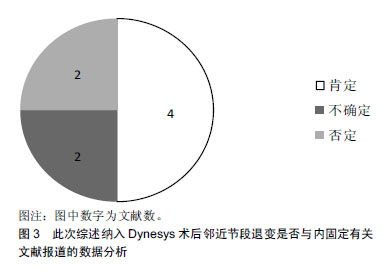Chinese Journal of Tissue Engineering Research ›› 2019, Vol. 23 ›› Issue (24): 3895-3900.doi: 10.3969/j.issn.2095-4344.1267
Previous Articles Next Articles
Dynesys dynamic internal fixation for treating lumbar degenerative diseases: relationship between biomechanical characteristics and adjacent segment degeneration
Huang Daoyu
- Department of Orthopedics, the Second Affiliated Hospital of Nanjing Medical University, Nanjing 210000, Jiangsu Province, China





